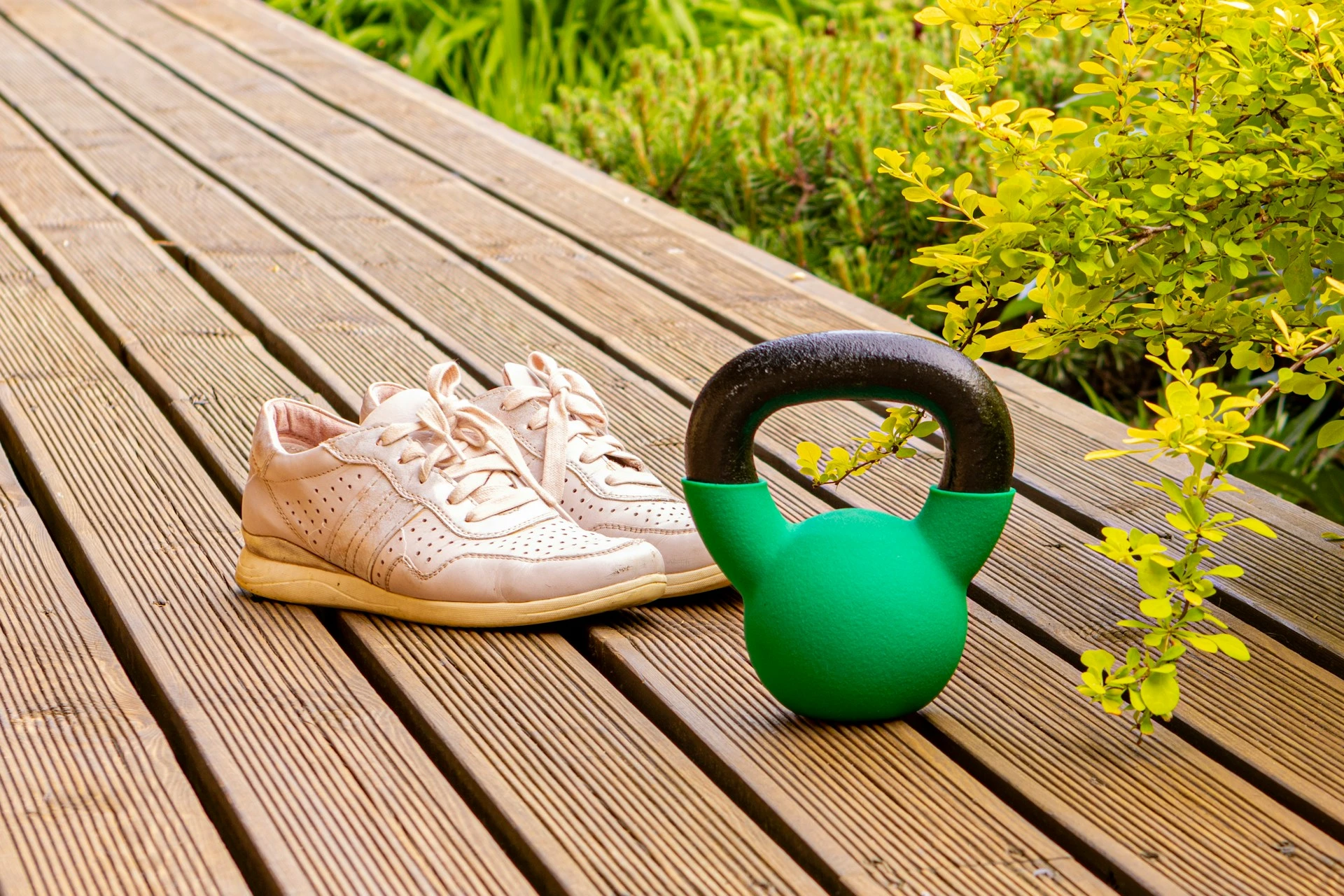Table of Contents
Exercise isn’t just a recommendation for people with diabetes—it’s a key part of blood sugar control. Movement helps your body use insulin more effectively, improves circulation, supports weight management, and boosts energy levels. And the best part? It doesn’t take extreme workouts to see real results.
Whether you’re newly diagnosed or looking to improve your routine, the right types of exercise can transform the way your body responds to glucose. The key is consistency and finding activities that fit your lifestyle—not someone else’s.
Let’s explore the best types of exercise for managing diabetes and how to incorporate them into your weekly routine.
Why Exercise Works for Blood Sugar Control
When you exercise, your muscles use glucose as fuel. This helps lower the amount of sugar in your bloodstream during and after the workout.
Exercise also:
- Increases insulin sensitivity
- Helps lower A1C levels over time
- Reduces inflammation and blood pressure
- Supports better sleep and mood
- Encourages weight loss or maintenance
These benefits aren’t just short-term. With regular movement, your body learns to regulate glucose more efficiently, reducing the risk of complications.
How Much Exercise Do You Need?
The American Diabetes Association recommends:
- At least 150 minutes of moderate-intensity aerobic activity per week
- At least 2 sessions per week of strength training
- No more than 2 consecutive days without physical activity
You can divide that into manageable chunks:
- 30 minutes, 5 days a week
- 15 minutes twice a day
- 10-minute walks after each meal
The goal is to move more often, in ways that feel good to you.
Now let’s look at the best types of exercise—divided into categories—to help you plan your week.
1. Aerobic (Cardio) Exercise
Cardio helps your heart, lungs, and metabolism. It’s especially good for lowering blood sugar and improving insulin sensitivity.
Examples:
- Brisk walking
- Cycling
- Swimming
- Dancing
- Hiking
- Low-impact aerobics
- Elliptical training
Why it works: Aerobic activity uses large muscle groups and keeps your heart rate elevated. It helps reduce fasting glucose and improves how your body uses insulin after meals.
Tip: Walking for just 10–15 minutes after meals can significantly lower post-meal blood sugar.
2. Strength Training
Building muscle isn’t just about fitness—it’s about blood sugar. Muscle tissue burns more glucose even at rest, helping to stabilize your levels throughout the day.
Examples:
- Bodyweight exercises (squats, push-ups, lunges)
- Resistance bands
- Dumbbells or kettlebells
- Gym machines
- Pilates
Why it works: Strength training improves insulin sensitivity, builds lean mass, and supports weight loss. It also helps protect your joints and posture.
Tip: Aim for 2–3 sessions per week, targeting major muscle groups. Rest between sessions to allow recovery.
3. Flexibility and Balance
While these exercises don’t directly lower blood sugar, they improve overall physical function, reduce injury risk, and support long-term mobility—especially important if you have nerve damage or joint pain.
Examples:
- Stretching
- Yoga
- Tai chi
- Foam rolling
Why it works: Improves circulation, reduces stress (which can impact glucose), and enhances coordination—helpful for those with diabetic neuropathy.
Tip: Even 5–10 minutes of stretching after a walk can improve your results and prevent soreness.
4. High-Intensity Interval Training (HIIT)
For those who are medically cleared and looking for fast, effective workouts, HIIT can be a powerful tool.
Examples:
- Alternating 30 seconds of jogging with 1 minute of walking
- Cycling sprints followed by slow pedaling
- Short bursts of jumping jacks or bodyweight moves
Why it works: HIIT increases insulin sensitivity and burns calories quickly. It’s efficient—but intense, so start slowly and listen to your body.
Tip: Always warm up before and cool down after HIIT to prevent strain or blood sugar crashes.
5. Functional Movement and Daily Activity
Not all exercise needs to happen in a gym. Everyday movement adds up.
Examples:
- Gardening
- House cleaning
- Playing with your kids or grandkids
- Taking stairs instead of the elevator
- Parking further from the entrance
Why it works: These low-effort habits keep you active throughout the day and reduce sedentary time, which is linked to worse glucose control.
Tip: Wear a fitness tracker to stay aware of your steps and remind you to move.
What to Watch For
Before starting any new exercise routine, check with your healthcare provider—especially if you take insulin or medications that can cause low blood sugar.
Watch for:
- Symptoms of hypoglycemia (shaking, dizziness, sweating)
- Foot irritation or injuries (especially if you have neuropathy)
- Dehydration—drink water before, during, and after workouts
- Overexertion or lack of recovery between sessions
Keep glucose tablets or a small snack on hand during workouts if you’re prone to lows.
Track how your blood sugar responds to different types of exercise. You might find that walking brings a gentle drop, while strength training affects your levels later in the day. This feedback helps you personalize your routine.
Build a Routine That Works for You
You don’t need a perfect plan to get started. Begin with what feels doable:
- Walk after dinner
- Try a beginner yoga video
- Do 10 squats before your morning shower
- Add 5-minute strength bursts between daily tasks
Small steps create momentum. With time, your body—and your blood sugar—will thank you.
Exercise isn’t just part of your diabetes management. It’s part of your freedom. It gives you more energy, more stability, and more confidence to live life on your terms.
Scientific References
- American Diabetes Association. (2022). Physical Activity/Exercise and Diabetes
- Colberg, S. R. et al. (2016). Exercise and Type 2 Diabetes: The American College of Sports Medicine and the ADA Joint Position Statement
- Harvard Health Publishing. (2023). How Exercise Helps Control Blood Sugar

Leave a Reply